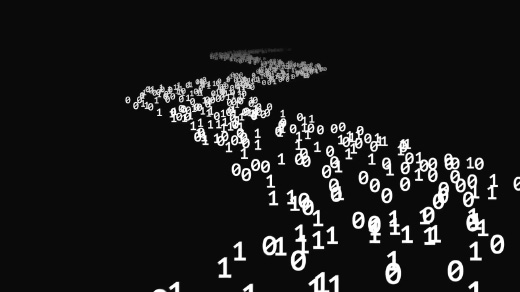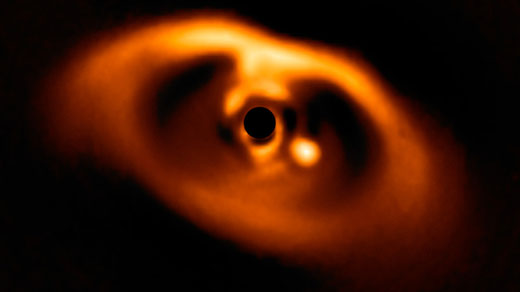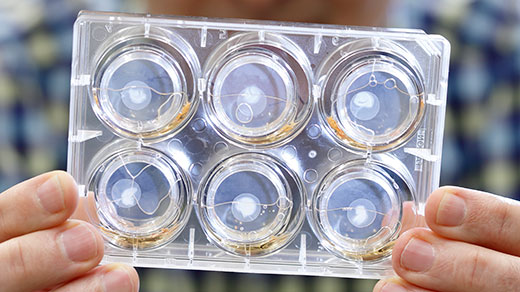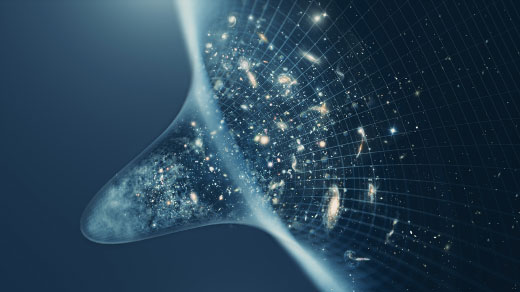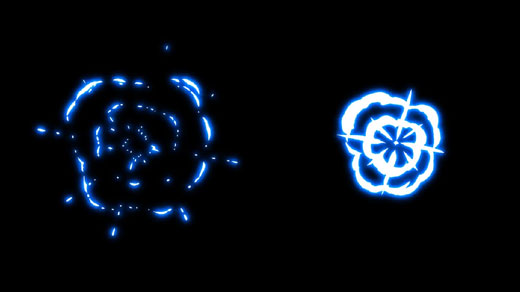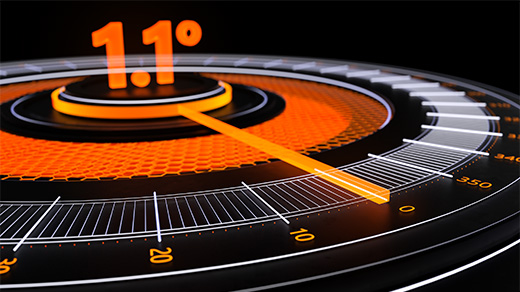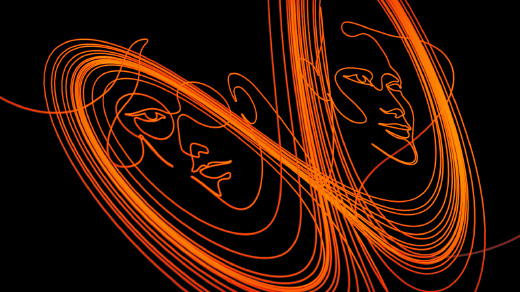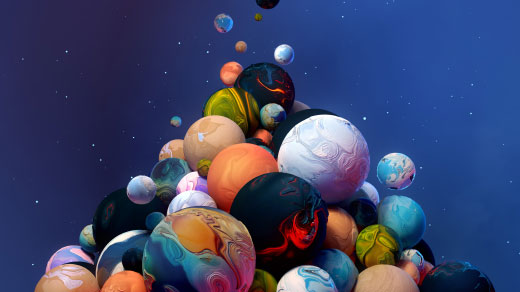What's up in
Physics
Latest Articles
How to Turn a Quantum Computer Into the Ultimate Randomness Generator
Pure, verifiable randomness is hard to come by. Two proposals show how to make quantum computers into randomness factories.
A New Law to Describe Quantum Computing’s Rise?
Neven’s law states that quantum computers are improving at a “doubly exponential” rate. If it holds, quantum supremacy is around the corner.
A Close Look at Newborn Planets Reveals Hints of Infant Moons
Astronomers have discovered a complex planetary system still swirling into existence.
Do Brains Operate at a Tipping Point? New Clues and Complications
New experimental results simultaneously advance and challenge the theory that the brain’s network of neurons balances on the knife-edge between two phases.
Physicists Debate Hawking’s Idea That the Universe Had No Beginning
A recent challenge to Stephen Hawking’s biggest idea — about how the universe might have come from nothing — has cosmologists choosing sides.
Quantum Leaps, Long Assumed to Be Instantaneous, Take Time
An experiment caught a quantum system in the middle of a jump — something the originators of quantum mechanics assumed was impossible.
What’s the Magic Behind Graphene’s ‘Magic’ Angle?
A new theoretical model may help explain the shocking onset of superconductivity in stacked, twisted carbon sheets.
The Hidden Heroines of Chaos
Two women programmers played a pivotal role in the birth of chaos theory. Their previously untold story illustrates the changing status of computation in science.
As Planet Discoveries Pile Up, a Gap Appears in the Pattern
Astronomers are puzzling over a paucity of planets in the galaxy measuring between 1.5 and two times Earth's size.
